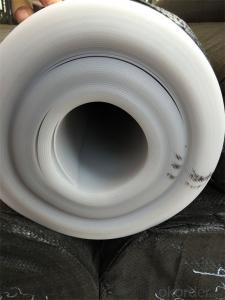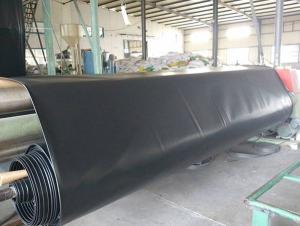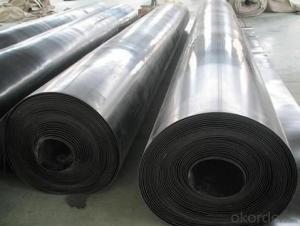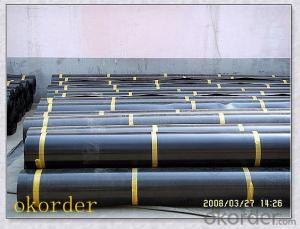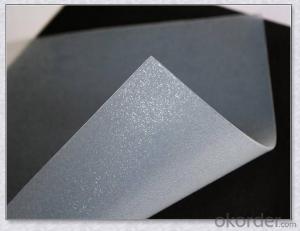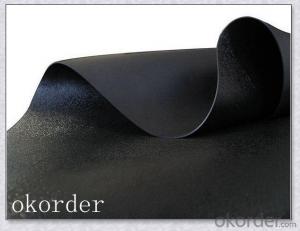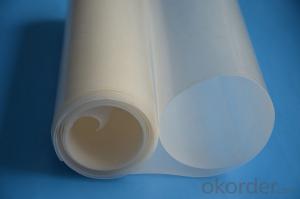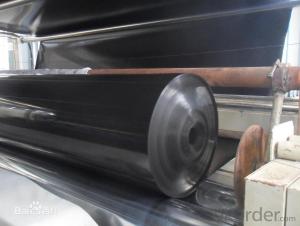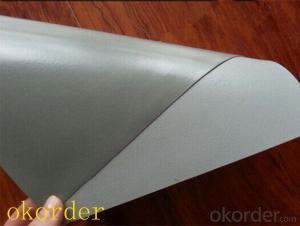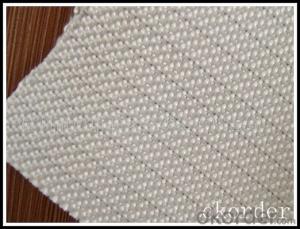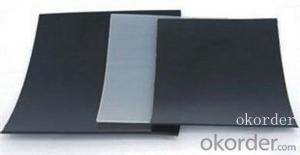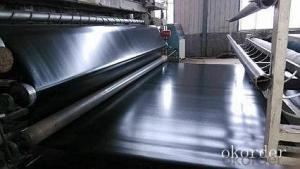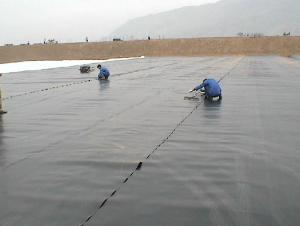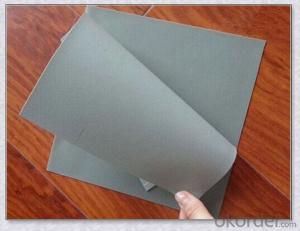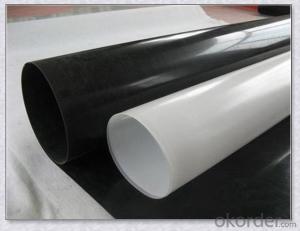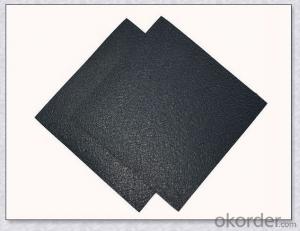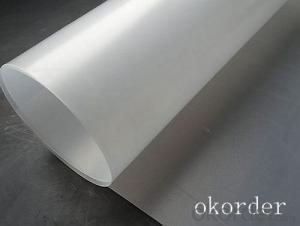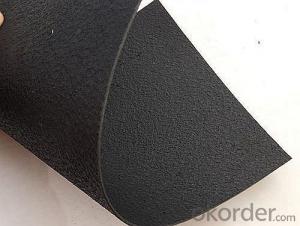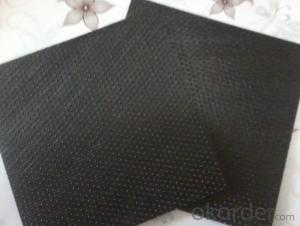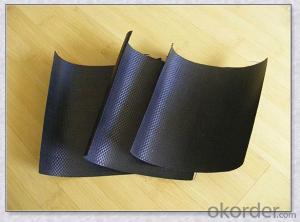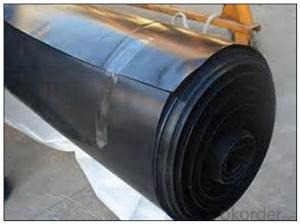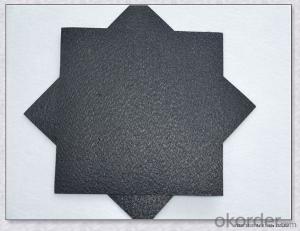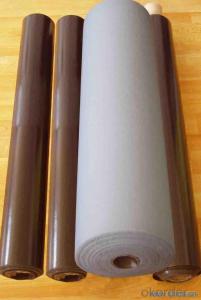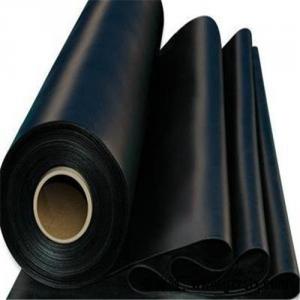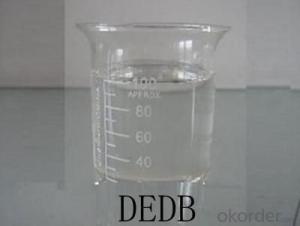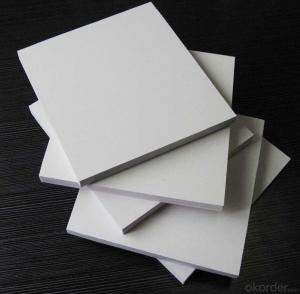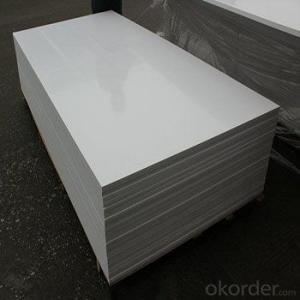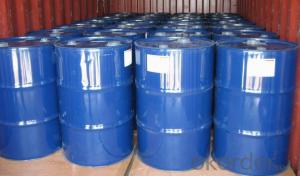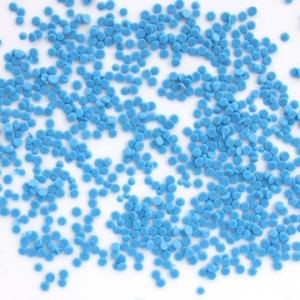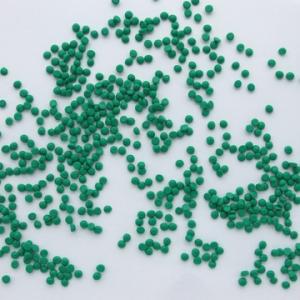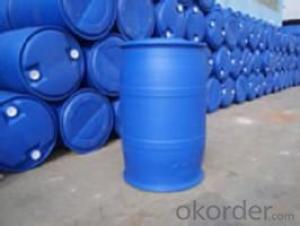Rollo De Geomembrana Hdpe
Rollo De Geomembrana Hdpe Related Searches
Geomembrana De Hdpe Wholesale Hdpe Geomembrane Roll Geomembrana Hdpe Hdpe Geomembrana Geomembran Hdpe Geomembrana In Hdpe Rollos De Geomembrana Geomembrane Hdpe Wholesale Hdpe Geomembrana Hdpe Geomembrane Machine Geomembrane In Hdpe Kolam Geomembrane Hdpe Pegamento Para Geomembrana Hdpe Geomembrana Hdpe 1mm Hdpe Geomembrane Sheet Geomembrana Hdpe 2mm Jual Geomembrane Hdpe Hdpe Geomembrane Welding Hdpe Smooth Geomembrane Wholesale Geomembrane Hdpe Hdpe Membrane Rollo De Geomembrana Precio Hdpe Textured Geomembrane Wholesale Hdpe Geomembrane Geomembrana Hdpe 1 Mm Precio Solmax Geomembrane Hdpe Hdpe Geomembrane China Hdpe Geomembrane Installation Reinforced Hdpe Geomembrane Solmax Hdpe GeomembraneRollo De Geomembrana Hdpe Supplier & Manufacturer from China
Rollo De Geomembrana Hdpe is a high-density polyethylene (HDPE) geomembrane product that is widely used in various industries for its excellent waterproofing and protective properties. This versatile material is engineered to provide a strong, durable barrier that can effectively manage the flow of liquids and gases, making it ideal for applications in civil engineering, environmental protection, and construction projects.The Rollo De Geomembrana Hdpe is utilized in a broad range of scenarios, such as in the lining of landfills, reservoirs, and ponds, where its impermeable nature prevents leakage and contamination. It is also employed in the construction of tunnels, canals, and other infrastructure projects where watertightness and chemical resistance are crucial. Additionally, the product finds use in the agriculture sector for the construction of reservoirs and fish farms, as well as in the mining industry for tailings management.
Okorder.com is a reputable wholesale supplier of Rollo De Geomembrana Hdpe, offering a vast inventory of this high-quality product to cater to the diverse needs of clients across different industries. With a commitment to providing top-notch materials and exceptional service, Okorder.com ensures that customers receive the best possible geomembrane solutions for their specific applications.
Hot Products

